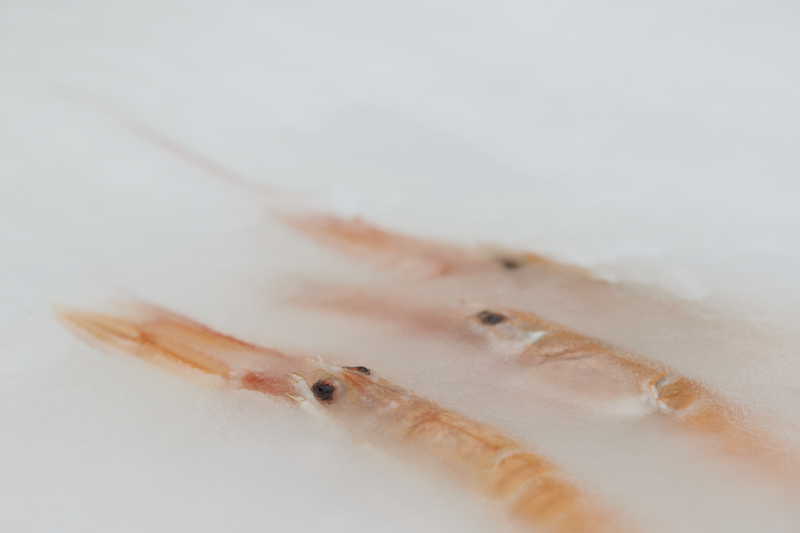Thor Ice Chilling Solutions - Iceland

Thor Ice Chilling Solutions has been nominated for the Nordic Council Environment Prize 2021.
Food production accounts for about 25% of global greenhouse gas emissions and 70% of global water use, and around 30% of our food goes to waste. That means that a large part of working towards a more sustainable food system means using the food that has already been produced.
Thor Ice Chilling Solutions can save 20% power, but still cool food faster than conventional methods. If food is not chilled quickly enough, then bacteria levels in meat, for example, can rise very rapidly. It is estimated that around 10%-20% of all poultry meat is spoiled due to high bacteria levels. Thor Ice Chilling Solutions reduce bacteria levels by 97%, ensuring that meat production complies with EU food safety regulations (EU 2017/1495), and extending the shelf life of the food. Thor Ice Chilling Solutions also reduce the use of water in the chilling process from four litres to four decilitres for each food chicken produced. Thor Ice Chilling Solutions offer an innovative solution to reducing food waste that can be scaled and used for many types of food in all countries. It is cost-effective and therefore considered attractive by industry. The process also reduces the other environmental impacts of food production, such as water use, electricity and greenhouse gas emissions. Thor Ice Chilling Solutions have therefore been nominated for the Nordic Council Environment Prize 2021.
About this year’s theme: Sustainable food systems
For food production to be considered sustainable, the food must be produced locally where possible, using environmentally sustainable methods. In agriculture, the emphasis is on recirculated plant nutrition and environmentally friendly farming practices that take into account greenhouse gas emissions and carbon sequestration, biodiversity and good management of water resources. Those engaged in animal husbandry and fish farming accept an environmental responsibility and maintain high standards of animal welfare. Natural resources used for food, such as game, wild fish and other natural products, are exploited wisely.
When ingredients are processed into food products, as much as possible of their nutritional content is preserved. There is no waste of resources in the food industry, products are packaged in an energy-efficient way and the environmental impact of distribution is minimised. Companies and retailers offer customers sustainable alternatives, and minimise food waste through their own initiatives. The food that consumers buy is based on environmentally sustainable alternatives, such as vegetarian food adapted to the seasons. We eat as many calories as we need, no food goes to waste and organic waste is recycled.